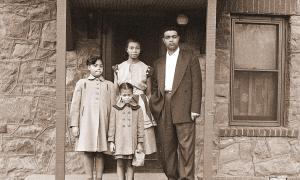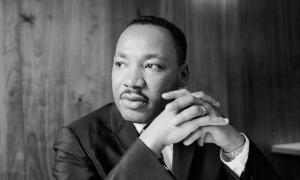article
Will We Learn from Trayvon Martin’s Death?
The empty space left by the death of a young person seems somehow larger—perhaps because we sense not only the absence of who he was, but also of who he could have become. This emptiness can engulf an entire community, even a nation, when the death is unjust.


